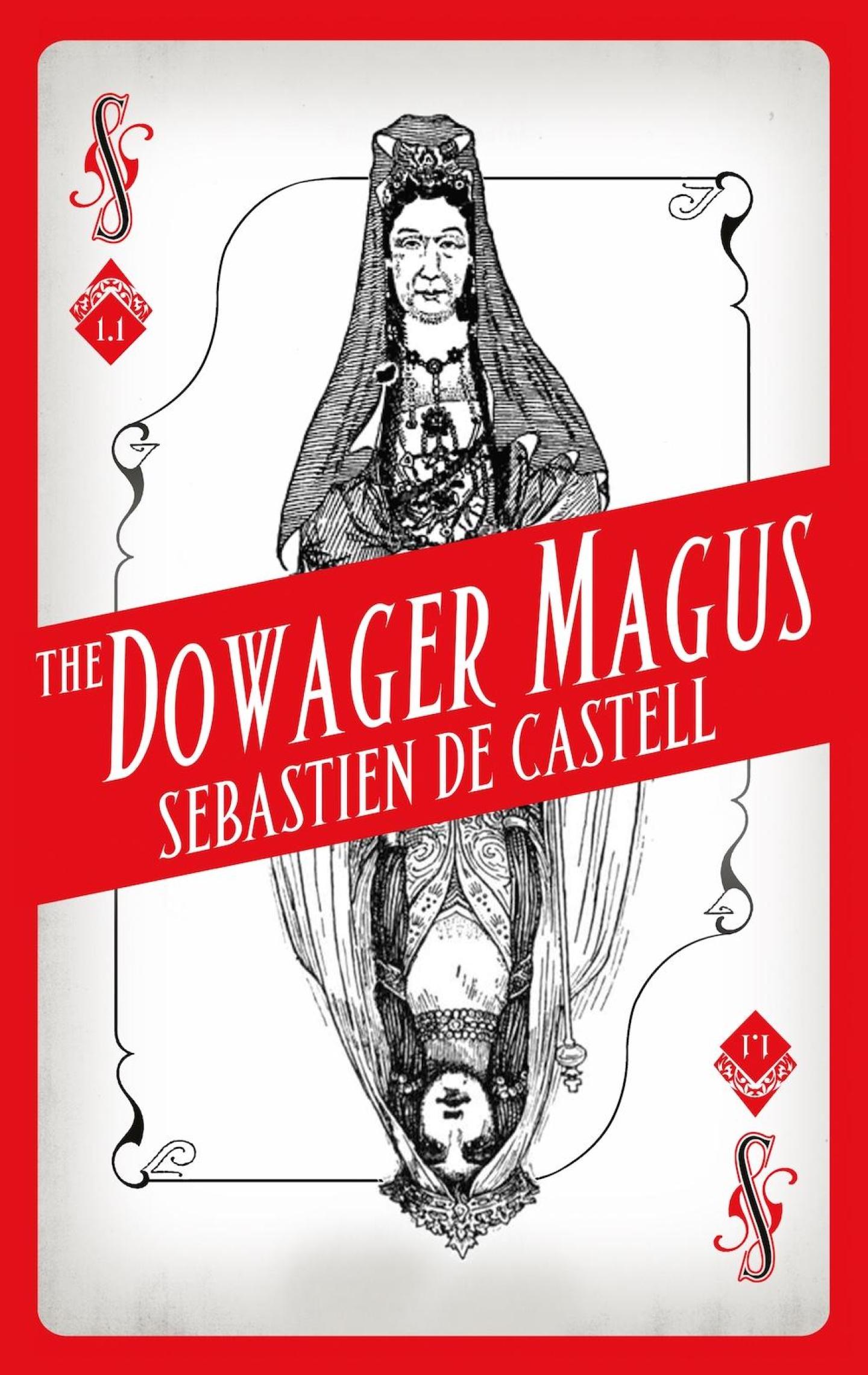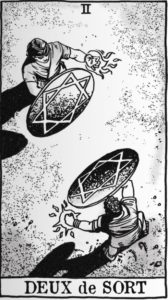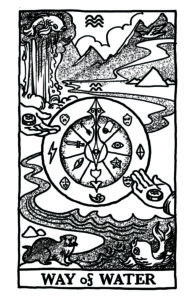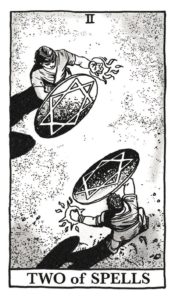Note: I originally wrote this for OpenBookOntario.com back in 2014.
How do you keep your plot moving forward?
This question tends to hit writers in the second act of their novels. The challenge isn’t so much about adding events to the story as it is about creating a sense of forward momentum and increasing urgency. With each plot thread the reader needs to feel that they are moving inexorably towards an end that will answer the questions posed by the book’s first act.
In my own writing this happens through two concurrent forces: the protagonist’s gradual loss of control over their world and the reader’s increasing understanding of it.
In the second act of Traitor’s Blade, Falcio struggles harder and harder to find a way to stop the conspirators who are destroying his country, but his efforts only seem to push victory farther and farther away. This isn’t just about ratcheting up the action or throwing more bodies (figuratively or literally) on the ground – it’s about slowly breaking down Falcio’s sense that he can ever win. At the same time, the reader is coming to understand why things are the way they are; why the conspirators are succeeding.
Plotting this way allows the two forces to work together until it finally becomes apparent to the reader that your protagonist’s goal – whether victory, or love, or even survival – is forever beyond their grasp. For me, as a writer, that’s the end of the second act.
The third act is about a fundamental change in the main characters – they become aware of what the reader has already figured out – and they find it within themselves to make the sacrifice that will heal the world around them, even if it means their own physical or emotional destruction. The climax of the story may be happy or sad, redeeming or damning, but however it ends, the book answers those questions that made you want to write the book in the first place.





 Les vieux maîtres de sort aiment raconter que la magie a un goût. Les sorts de braise ressemblent à une épice qui vous brûle le bout de la langue. La magie du souf e est subtile, presque rafraîchissante, un peu comme si vous teniez une feuille de menthe entre vos lèvres. Le sable, la soie, le sang, le fer… cha- cune de ces magies a son parfum. Un véritable adepte, autre- ment dit un mage capable de jeter un sort même à l’extérieur d’une oasis, les connaît tous.
Les vieux maîtres de sort aiment raconter que la magie a un goût. Les sorts de braise ressemblent à une épice qui vous brûle le bout de la langue. La magie du souf e est subtile, presque rafraîchissante, un peu comme si vous teniez une feuille de menthe entre vos lèvres. Le sable, la soie, le sang, le fer… cha- cune de ces magies a son parfum. Un véritable adepte, autre- ment dit un mage capable de jeter un sort même à l’extérieur d’une oasis, les connaît tous. 'I totally saw this coming,’ Reichis growled, leaping onto my shoulder as lightning scorched the sand barely ten feet from us. The squirrel cat’s claws pierced my sweat-soaked shirt and dug into my skin.
'I totally saw this coming,’ Reichis growled, leaping onto my shoulder as lightning scorched the sand barely ten feet from us. The squirrel cat’s claws pierced my sweat-soaked shirt and dug into my skin. The way of the Argosi is the way of water. Water never seeks to block another’s path, nor does it permit impediments to its own. It moves freely, slipping past those who would capture it, taking nothing that belongs to others. To forget this is to stray from the path, for despite the rumours one sometimes hears, an Argosi never, ever steals.
The way of the Argosi is the way of water. Water never seeks to block another’s path, nor does it permit impediments to its own. It moves freely, slipping past those who would capture it, taking nothing that belongs to others. To forget this is to stray from the path, for despite the rumours one sometimes hears, an Argosi never, ever steals.